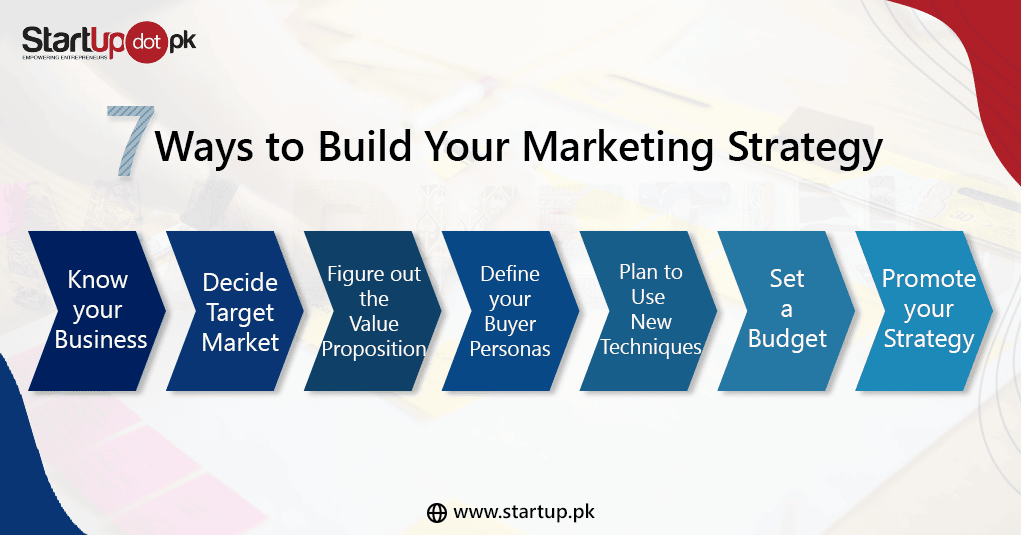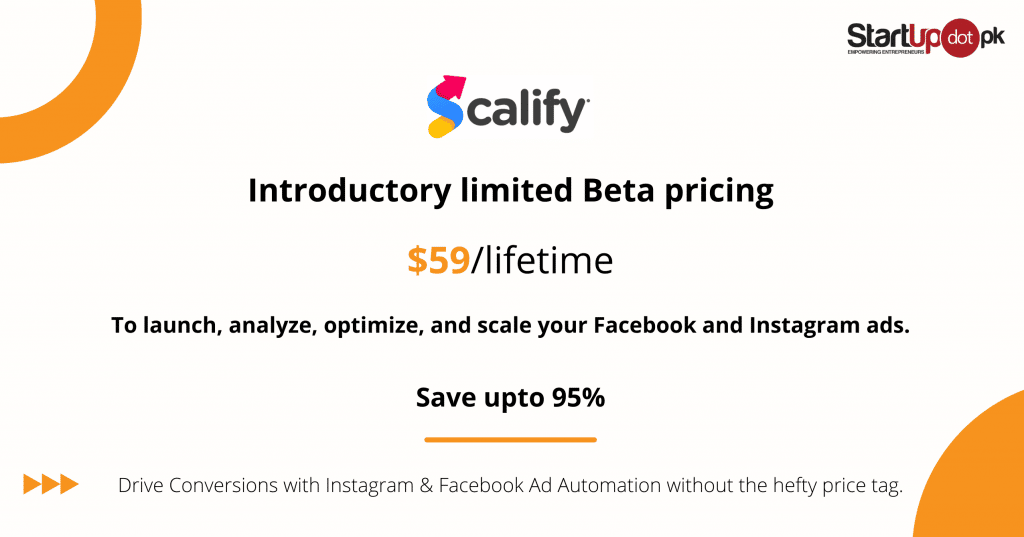A marketing plan is a bit like a job description for your company. Everyone should have one, but they’re often not fit for purpose, out of date and reviewed infrequently. Research has shown that businesses with plans succeed, outperform competitors, and retain staff, more than those with no plan. Without a plan there’s no direction for the company or its employees, decisions can be uninformed, opportunities can be missed and threats can damage or destroy the business. This makes it one of the most fundamental things to address.
Whether you are looking to create a traditional marketing plan or a multichannel digital marketing plan, a successful marketing strategy is mainly responsible for bringing the best out of your organization. The primary goal of a successful marketing strategy is to grow your business, create brand awareness, widen its reach, and obviously create a better connection between your business and your customers.
Let’s get straight to the 7 tips to develop a successful marketing strategy.
1. Know your Business
You needed to do this exact same thing when working on your business plan, so this first step shouldn’t be too difficult. After all, nobody knows your business quite like you do as it is your brain child; your vision.
Think of this section as your opportunity to provide a general overview of your current business operations, as well as your internal and external environment. Within this section, you may also choose to do a SWOT analysis which details your strengths and weaknesses as an organization, as well as any opportunities for growth, and threats that could hinder that progress. It’s a great way to get an over view of your current situation in a way that’s helpful and completely manageable.
Start by running a SWOT analysis to identify your business’ strengths, weaknesses, opportunities, and threats. It can be converted in to a fun team exercise, and to avoid bias and cover different perspectives, get as many fellow colleagues to contribute as possible. It is best to get the honest picture then a biased one that can damage your progress.
2. Determine Target Market
“Target market” is likely the most used phrase and correctly so because of its importance. It’s a key element for coming up with effective and successful marketing strategies. In this stage of your marketing plan, you should list anything and everything you know about your ideal customer. This includes basic demographic information, such as gender and age. But you should also dig deeper into their behaviors and decisions.
Why do they buy from you? What challenge or pain point are you solving for them? What outlets do they turn to get information? Gather any information you can find, and include it here. Knowing your customer inside and out will be helpful when identifying marketing tactics and strategies.
3. Figure out the Value Proposition
Determining your value proposition is probably the step you should invest most time and resources into, as it is one of the most important conversion factors and what could make the difference between closing a sale and losing it.
A great marketing strategy stems from a company’s value proposition, which sums up its main strengths (identified in the SWOT analysis) and differentiators against competitors, as opposed to being created from scratch. Get started by identifying the main customer benefits and what value your products/services bring to the customer, followed by outlining how your product/services is better and improved. The best value propositions are clear, to the point, and they focus on solving customers’ problems. Like often said, a successful business looks to give back to the society and solve its customer’s problem.
4. Define your Buyer Personas
Buyer characters are fictional, generalized representations of your ideal customers. They help marketers better understand and get closer to customers, as real humans. The process of creating buyer personas involves gathering insight from different platforms such as website analytics, social media channels, customer reviews as well as actual conversations with prospects and customers. It helps determine at an early stage which marketing areas you will focus your attention on and how much time and budget you’ll be spending on advertising, PR, content marketing , SEO, community management, events, etc. depending on the nature of your business and what would appeal most to your future customers. Researching will help you determine what the most appropriate way to communicate with them is, what channels they prefer, style and tone of voice, etc.
5. Plan to Use New Techniques
Thinking outside the box is a good way to start something. Make sure that you always have an urge to incorporate new technologies into your business system. Keep up to date with the world and especially with your customer. The newest technology which is a must for businesses these days is Marketing Automation.
Why Marketing Automation? To answer why Marketing Automation, the following 3 points can be considered:
- Marketing Automation helps in better Customer Relationship Management by segmenting customers based on Regency, Frequency & Monetary parameters.
- It helps to send automated e-mails that save a lot of time and effort.
- Marketing Automation tools like Hub Spot help to create marketing campaigns based on the ongoing market scenario.
6. Set a Budget
Numbers are the most dreaded part, especially in our growing eco-system. Just the word budget is enough to make people sweat. But, as you already know, it’s a necessary evil when it comes to running your business. As Samar Hassan of Epiphany believes we must make wiser choices to manage our finances. In your full-blown business plan, you detailed the entire financial side of your business. But in your marketing plan, stay focused strictly on marketing-related activities. How much do you plan to spend on marketing and promotion throughout the next year, and how much will the action items you listed above cost you? Most importantly, where will this money come from? Strategize to keep in this budget and not over spend putting yourself in a difficult position later. You’d rather discover you need to tweak or tailor something to make it affordable, rather than six months from now when you’ve already over spent your credit card! Do not choke yourself or your business by failing to set budgets.
7. Have a Proper Plan to Promote your Strategy & Fetch Feedbacks:
If you have a well-tested strategy but fail to efficiently promote your strategy, you will not be able to use your strategy to its full potential. After having promoted something, you surely would want to know what people have to say about it. So, do not hesitate to have feedbacks on your strategy. This will help you in your future strategy.
The feedback can come from the following group of people-
Employees- Of course, they were there while you were in the planning process. But, the executed version of anything is always different from the planned version. Therefore, you need to ask your employees whether the executed strategy meets their expectations or not. Your team will help you improve the next time and the time after that.
Competitors- Maintain a healthy relationship with at least a few of your rivals so that they can help you in knowing the pros and cons of your marketing strategy. Moreover, this will give you some very good direction to help you improve your strategy.
Customers- Customers are everything. If you make your customers a part of your business strategy, it will make them feel important and acknowledged. This will help in building a personalized relationship with them so that you build a better customer base by enhancing the trust of your customers.
So complement your way business strategy with these tips and if your still need guidance we are here for you at Startup.pk. Let us work together and customize your next marketing strategy.



